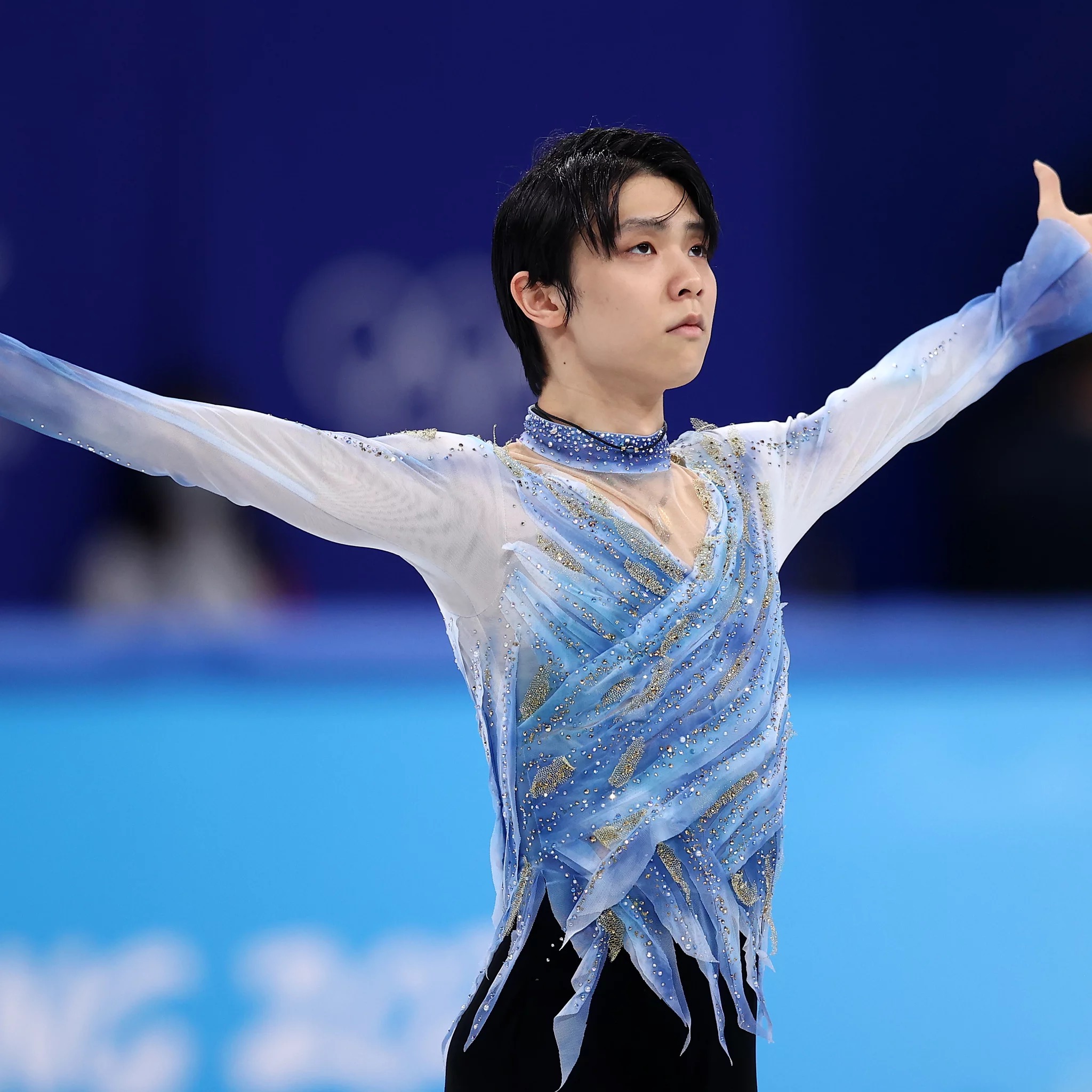Physics Blog


Thomas Li
Mar 05, 2022
Figure Skating Q1 - Kinematics & Forces
Introduction
My name is Thomas Li, and my topic for this physics ISP is figure skating. I have chosen this topic because I am a fan of Yuzuru Hanyu, nickname Yuzu, a Japanese male figure skater who won two times Olympic champion, two times World champion, four times Grand Prix Final champion, and six times Japanese national champion. He is one the best figure skater in the world, and of course, he competed in the 2022 Beijing Winter Olympics! I was amazed by his performance at the Olympics and decided to base this ISP on him. I will pose questions about his figure skating competition at the Olympics and give solutions.

Background Information
There are two parts in a figure skating competition: short program and free skating. In the first question, Yuzu is skating his short program and is doing a back cross-over, which is a type of move gliding on ice. As we know, skating is a sport that requires movement on ice, therefore involves a lot of physics concepts, including kinematics, normal force, friction, and Newton’s second law.
Kinematics: the motion of points, bodies (objects), and systems of bodies (groups of objects) without considering the forces that cause them to move. The main idea of my question is the motion of Yuzu.
Normal Force: the component of a contact force that is perpendicular to the surface that an object contacts. Yuzu always has a normal force that is the same magnitude as the gravity force.
Friction: the force resisting the relative motion of solid surfaces, fluid layers, and material elements sliding against each other. The ice would cause friction on Yuzu when he skates.
Newton’s Second Law: the relationship between the motion of an object and the forces acting on it. There are forces acting on Yuzu that cause his motion, and I need to find their relationship.
Equations:

→ Newton’s Second Law Equation
- ΣF is the total force acting on Yuzu
- m is Yuzu’s mass
- a is Yuzu’s acceleration on ice

→ Kinetic Friction Equation
- Fk is the force of kinetic friction that ice does on Yuzu
- μk is the coefficient of kinetic friction
- FN is the normal force on Yuzu
→ Kinematics Equation
- Δd is Yuzu’s displacement
- vi is Yuzu’s initial velocity
- Δt is the change in time during Yuzu’s move
- a is Yuzu’s acceleration
Assumption: Ignore air resistance!
Units: Follow convention units for all the variables to ensure consistency and accuracy.

Question 1
Japanese figure skater Yuzuru Hanyu, or Yuzu, is competing in the 2022 Beijing Winter Olympics! In his short program, he is skating a back cross over at an initial velocity of 5.56 m/s. In the process, he accelerates with a few glides, covering 11.88 metres in 1.9 seconds. Thomas, a fan of Yuzu, is watching the competition. He is told by the judges that the total force Yuzu applied to the ice during his back cross over is 817.9 N and the coefficient of kinetic friction of ice is 0.03. Ignoring air resistance, can you help Thomas find the mass of Yuzu?
To solve this question, we need to first determine the given and required information, and draw out a free-body diagram.

General steps to solve this question:
1) Isolate for acceleration from the kinematics equation
2) Use Newton’s Second Law and isolate the mass
3) Sub in all vales to solve!
Now, let’s start solving!

As you can see, I used the formula Δd = viΔt+½aΔt2 to isolate for a.

Then, I used the formula ΣF = ma and noticed ΣF = FY - Fk since the force applied by Yuzu is in the opposite direction to the friction force. I replaced Fk with μkmg and isolated for m. I plugged in a that I have isolated to form a final equation.

Finally, I took all the values I know and subbed them into this huge equation. I got 57 kg as the mass of Yuzu and wrote a therefore statement.

Thomas Li
Thomas is a Grade 12 student from Crestwood Preparatory College who is passionate about mathematics and physics